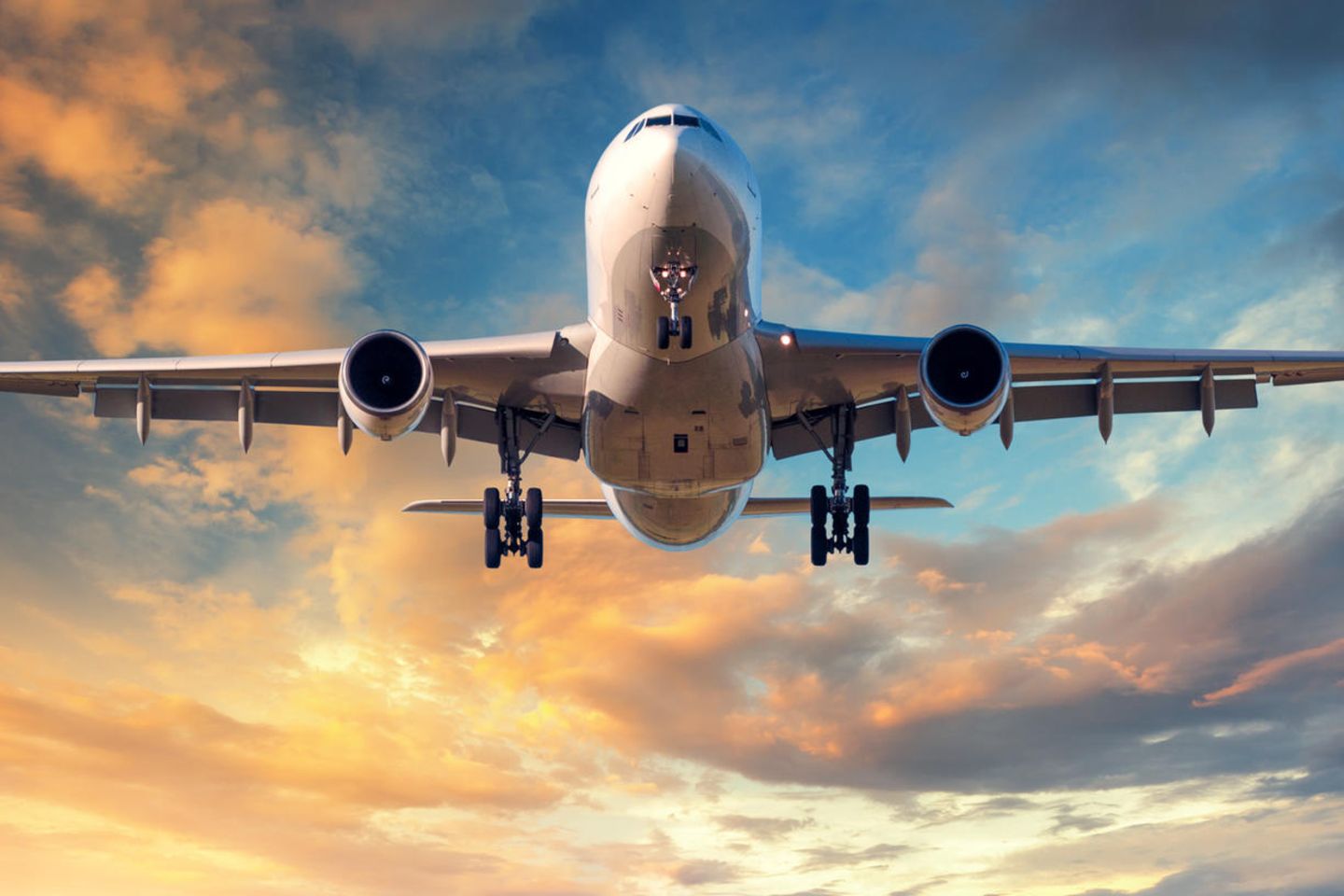Turbulence has become more and more frequent in recent years – at least on certain sections of the route. Where, according to a study, you have to expect more turbulence; and what to consider.
Not everyone likes to travel by plane, but for the desired destination it is often the fastest and sometimes cheaper alternative. For people who are afraid of flying or who struggle with a certain discomfort in the air, turbulence is usually a problem. According to a study, these are increasing due to climate change, among other things. What you need to know, what to look out for – and what can possibly take some of your fear away.
North Atlantic and USA most affected
According to a new study, the middle latitudes are particularly affected. There, the researchers found a sharp increase in turbulence measured in the period from 1979 to 2020. It is about the so-called “Clear Air Turbulence”, also known as “Clear Air Turbulence” (CAT for short). This type of turbulence is difficult to detect in airspace because it occurs in clear air without warning to the aircraft. According to the data, the strongest turbulence is currently increasing. So it was over the North Atlantic with slight turbulence an increase of 17 percent, with medium 37 percent and with strong even 55 percent. The situation is similar over the continental states of the USA, with the exception of Hawaii and Alaska. 21 different turbulence calculators were used for the study. According to the scientists, moderate turbulence is more common over the sea than over the continents.
How it looks over Europe and other parts of the world
According to the researcher, other areas such as northern Brazil and parts of the Antarctic coast are also showing increases, albeit on a more modest scale. There are also statistically significant changes across Europe and the Middle East and the South Atlantic and East Pacific. According to the researchers, clear air turbulence could increase further in the coming years, partly because of climate change. “A decade of research already predicted that climate change will increase clear-air turbulence in the future, now we have evidence that the increase has already begun,” said Paul Williams, co-author of the study and an atmospheric scientist at the university Reading. “We should invest in improved turbulence prediction and detection systems to prevent the rougher air from translating into choppy flights in the coming decades.
How dangerous is clear air turbulence?
For some people, turbulence is a very stressful part of a flight. But are they really dangerous for the plane? According to experts, not really. The bigger problem during turbulence is that objects can fly around or people who are not wearing seat belts can injure themselves. Therefore, the number one rule in turbulence is always: keep calm and stay seated with your seatbelt buckled – even when the light signal is switched off. Because clear air turbulence cannot be predicted. Also: If necessary, stow loose items and be careful with hot drinks from the service, for example.
Turbulence is not a problem for aircraft
Turbulence occurs when an aircraft is under turbulent air; especially when several air currents from different directions meet. According to experts, dangers are more likely to be expected in the interior of the aircraft, as mentioned above. They are harmless to the aircraft itself. A spokesman for the Federal Aviation Office (LBA) confirmed to “Reisereporter”: “Modern aircraft can withstand much stronger forces than can be caused by turbulence.”
And travel company TUI assures that the forces that planes are subjected to even for certification are far greater than the turbulence they are sometimes exposed to in the air. The aircraft is also regularly checked by the technical department and electronic sensors record all flight conditions in order to use the data for maintenance. But that’s not all: “Last but not least, all pilots train every six months to deal with extreme flight conditions, should such a situation arise,” reports a pilot in an interview with the tourism group. Hopefully this information can help one or the other to come through the coming turbulence less stressed.
Sources used: tagesschau.de, agupubs.onlinelibrary.wiley.com, austrocontrol.at, reisereporter.de
